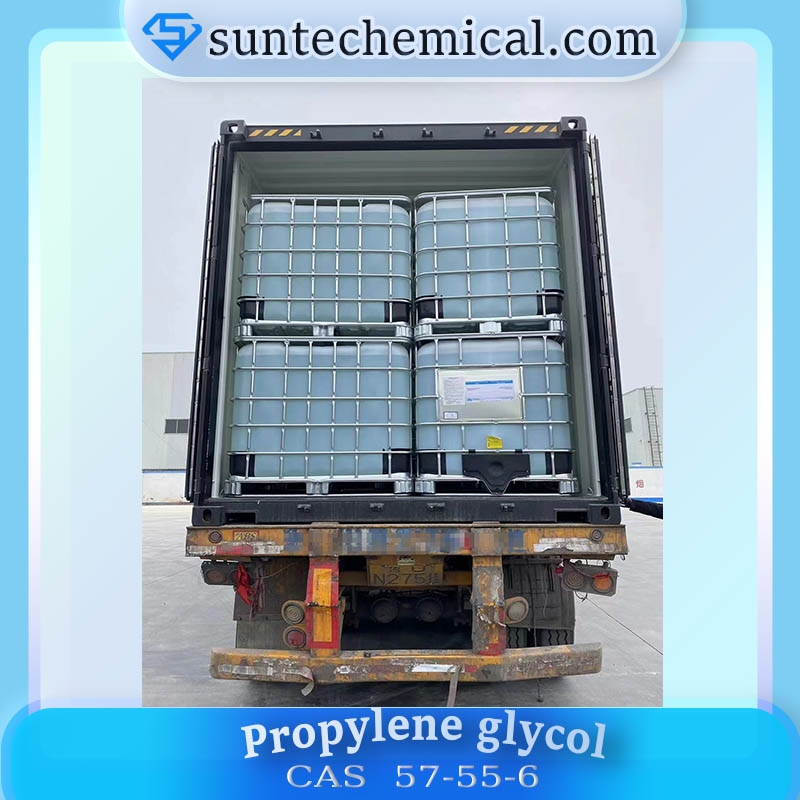-
Categories
-
Pharmaceutical Intermediates
-
Active Pharmaceutical Ingredients
-
Food Additives
- Industrial Coatings
- Agrochemicals
- Dyes and Pigments
- Surfactant
- Flavors and Fragrances
- Chemical Reagents
- Catalyst and Auxiliary
- Natural Products
- Inorganic Chemistry
-
Organic Chemistry
-
Biochemical Engineering
- Analytical Chemistry
-
Cosmetic Ingredient
- Water Treatment Chemical
-
Pharmaceutical Intermediates
Promotion
ECHEMI Mall
Wholesale
Weekly Price
Exhibition
News
-
Trade Service
Sodium caseinate is a type of milk protein that is commonly used in the food and beverage industry as a stabilizing and emulsifying agent.
It is produced through a process known as precipitation, which involves the reaction of casein powder with a solution of sodium hydroxide.
The production process of sodium caseinate can be broken down into several stages, including preparation, neutralization, and recovery.
The preparation stage involves the mixing of casein powder with a suitable solvent, such as water or a mixture of water and an organic solvent.
The solvent is chosen based on the desired properties of the final product, with water being typically used for applications in the food industry.
The casein powder is first dissolved in the solvent, after which the resulting solution is1990。Additional ingredients such as stabilizers, emulsifiers, and antioxidants may also be added to the solution to improve the properties of the final product.
In the neutralization stage, the solution is mixed with a solution of sodium hydroxide.
The amount of sodium hydroxide used is carefully controlled to ensure that the pH of the solution is within the desired range, which typically falls between 6.
5 and 7.
5.
This stage is critical as it determines the quality and properties of the final product, and any deviation from the desired pH range can result in poor quality sodium caseinate.
Once the desired pH range is achieved, the solution is allowed to react for a period of time to allow the casein molecules to precipitate.
The precipitated casein molecules then form aggregates, which are separated from the solution through a process known as centrifugation.
The resulting precipitate is then washed with water to remove any remaining impurities and to adjust the pH to a more suitable range for the next step.
The recovery stage involves the purification of the precipitated sodium caseinate.
This is typically done through a process known as diafiltration, which involves the use of a series of filters with increasing pore sizes to remove any remaining impurities and to produce a highly purified product.
The product is then dried and ground into a fine powder, which is suitable for use in a variety of applications in the food and beverage industry.
Sodium caseinate has a number of advantages over other types of milk proteins, including a high nutritional value, good stability, and the ability to be used in a wide range of products.
It is commonly used in the production of cheese, yogurt, ice cream, and other dairy products, as well as in bakery products, soups, and sauces.
Its ability to act as a stabilizing and emulsifying agent makes it an ideal ingredient for many types of food products, and its high nutritional value makes it a popular choice for those looking to increase their protein intake.
In conclusion, the production process of sodium caseinate involves several stages, including preparation, neutralization, and recovery.
The quality of the final product is highly dependent on the careful control of these stages, and the ability to produce a high-quality product is a key factor in the success of the sodium caseinate industry.
With its many applications in the food and beverage industry and its many benefits, sodium caseinate is an important ingredient that is likely to continue to be in demand in the future.







